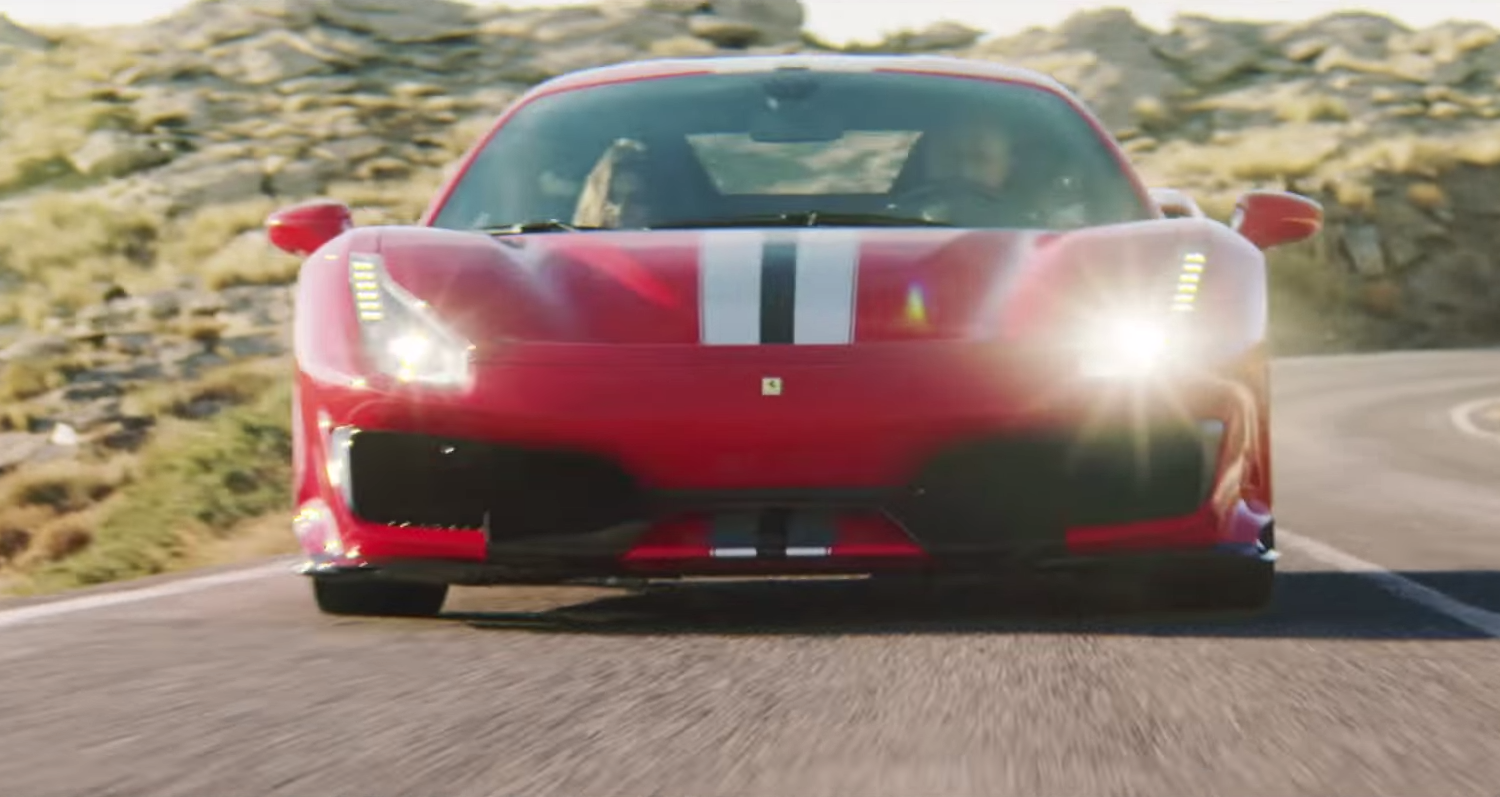We Took the Fastest Production Ferrari Ever Made for a Spin Around Their Private Test Track
The 488 Pista may be even faster than the LaFerrari.
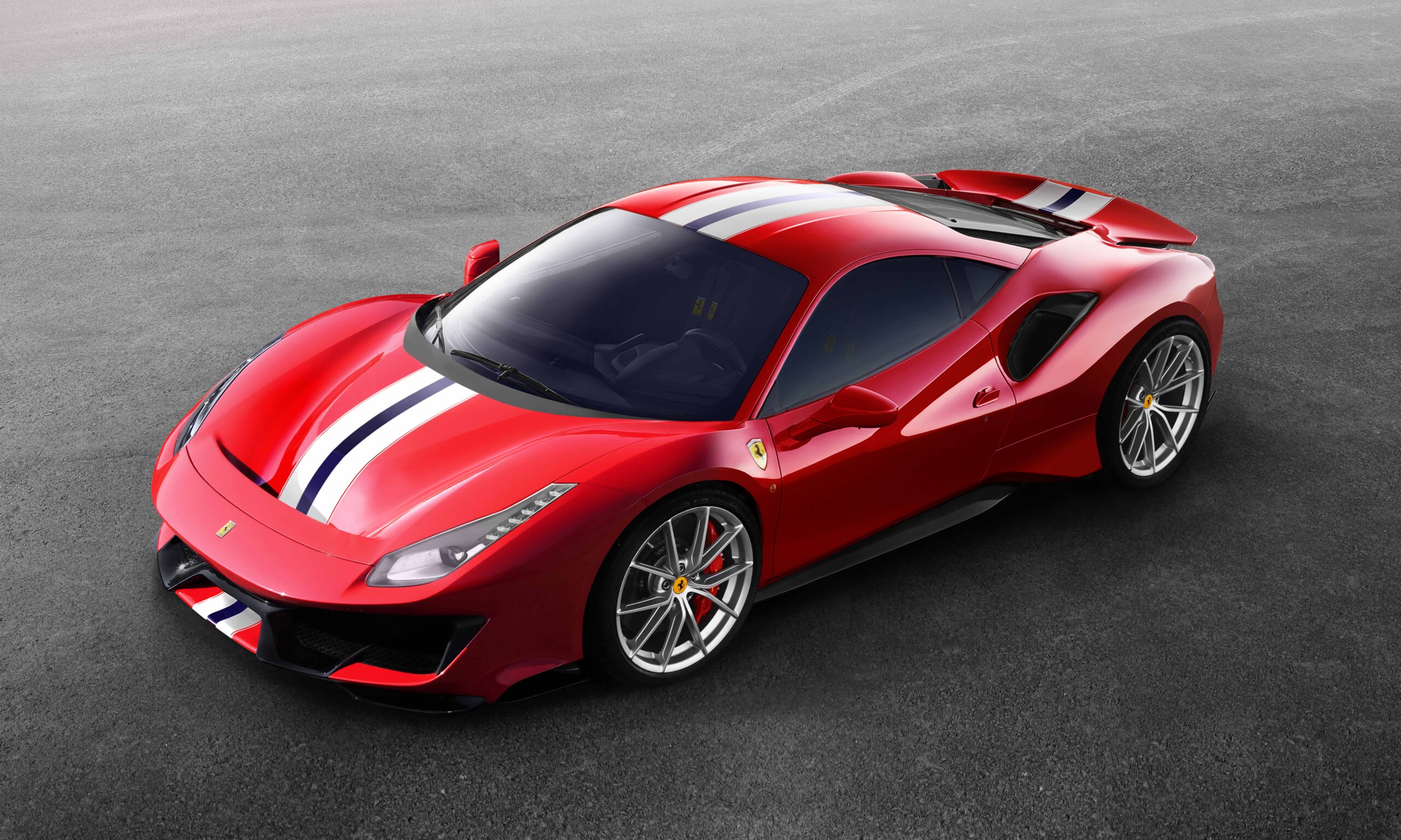
Ferrari‘s ardent fans, the tifosi, aspire to make the pilgrimage to the Prancing Horse’s Maranello, Italy factory, where they can visit the company’s museum of priceless artifacts and the store, where they can choose from high-priced articles. (Formula One piston, still scorched from its service? Only 1,500 Euro!)
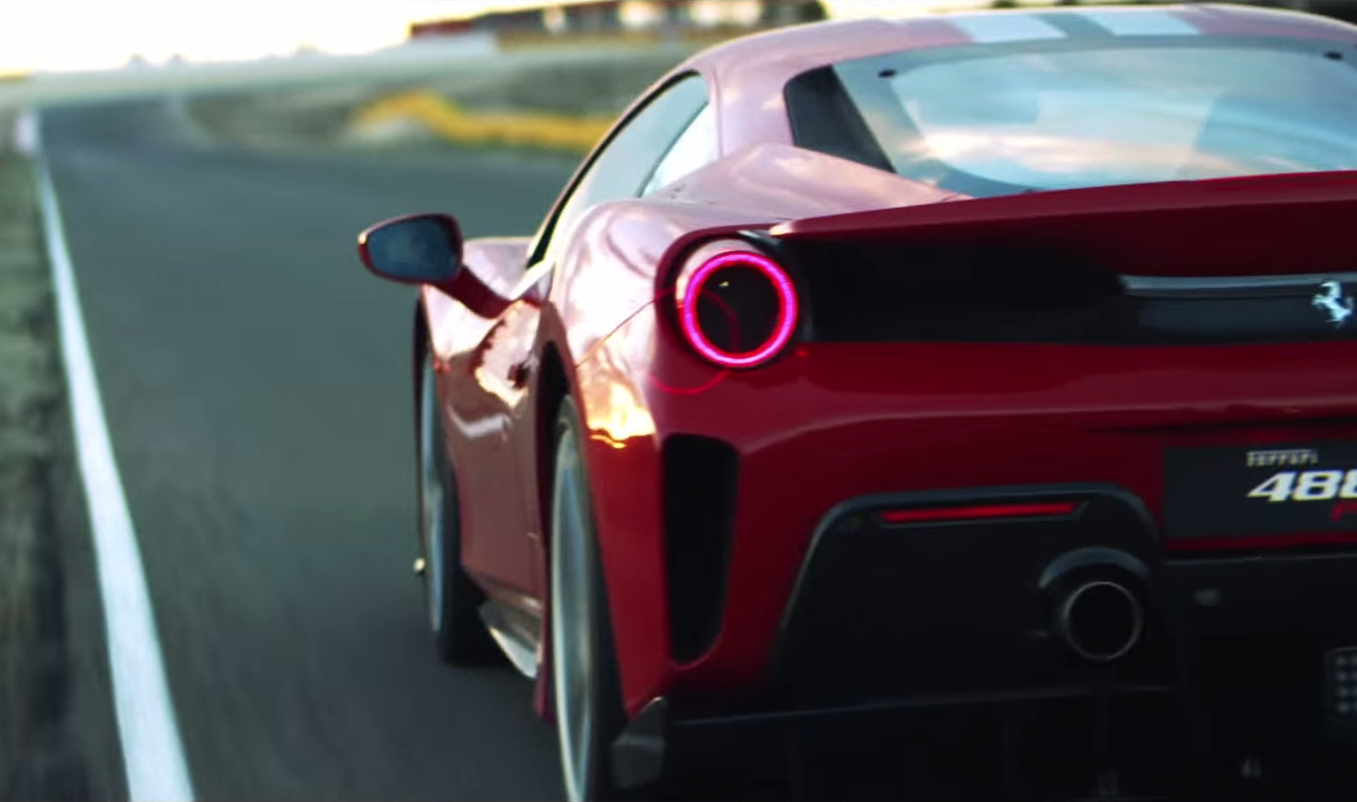
But the true inner sanctum is the Pista di Fiorano, Ferrari’s private test track, where it proves production cars and Formula One racers alike. This is the source of the name for the new track-focused 488 Pista, and it is where the car may well break the production car track record set by the LaFerrari hypercar.
But not today. Today, the 488 Pista will circulate as quickly as I can muster, while retaining a healthy respect for my inability to repay Ferrari if I should fling their crimson roller coaster ride into a guard rail. We go fast enough to have fun and slide the car a bit, without threatening either a crash or a track record.
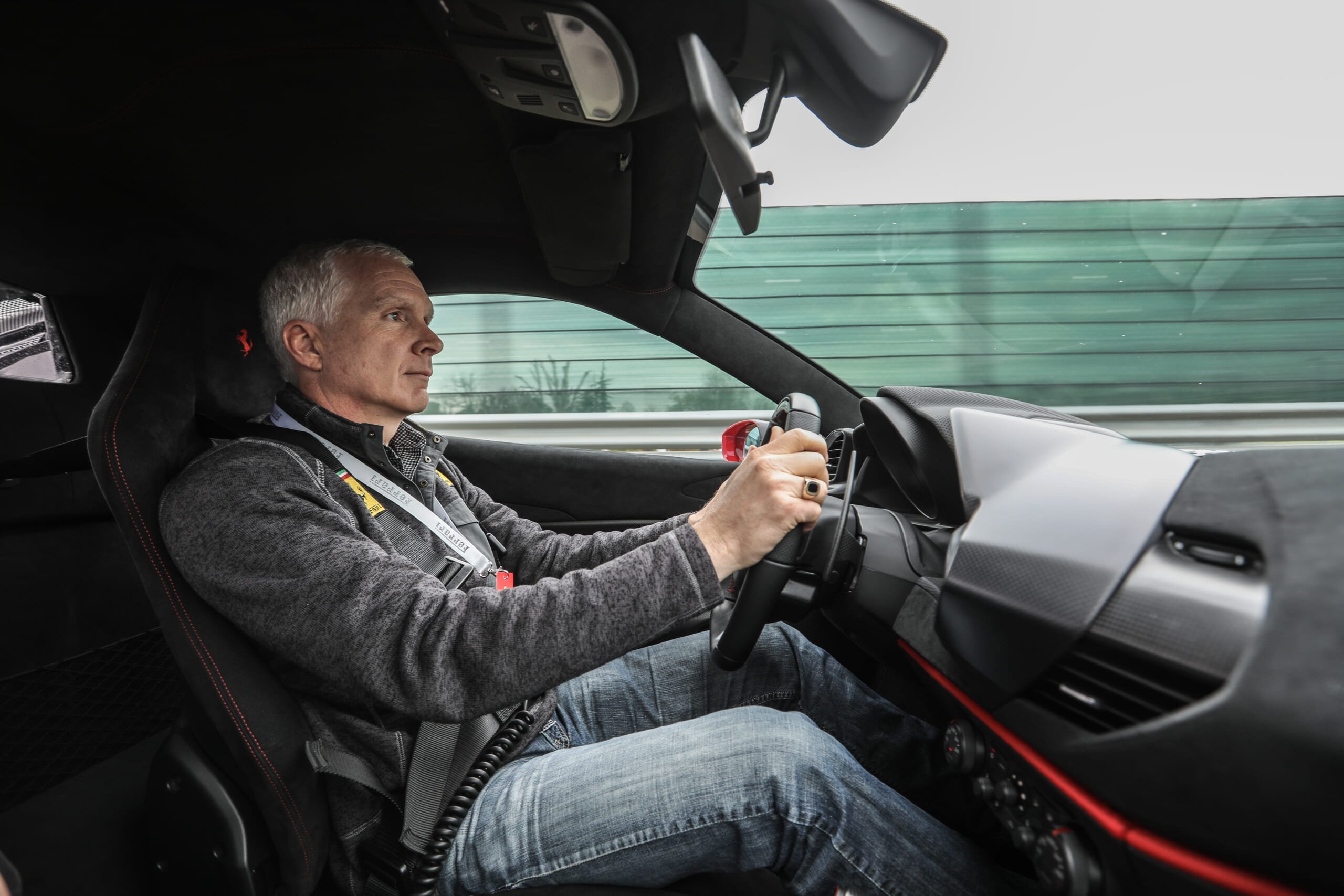
Chief test driver Raffaele De Simone, however, has the laps in the car and on the track to push it to the limit, illustrating the true extend of the 488 Pista’s capabilities. A surreptitious stopwatch might reveal the Pista’s speed with De Simone at the wheel, but for our test day the track has imposed a ‘no-throttle’ zone on the main straight to minimize the noise to neighbors. Surely, they suffer enough when the F1 cars are testing, so it seems reasonable to try to be good neighbors at other times.
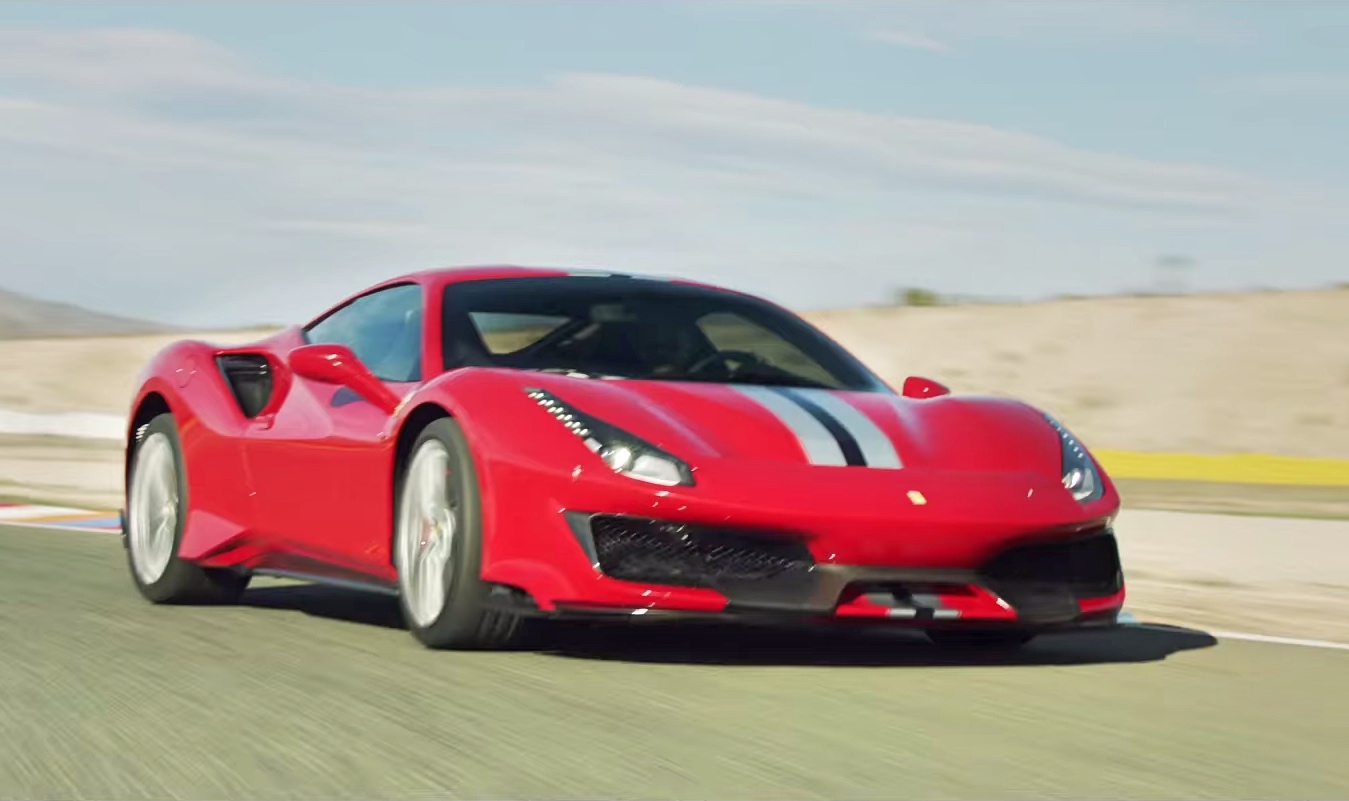
To refresh your memory, the 488 Pista is the latest edition of Ferrari’s ‘Special Series’ of its mid-engined V8 models. They began with the 360 Challenge Stradale, and continued through the 430 Scuderia and the 458 Speciale.
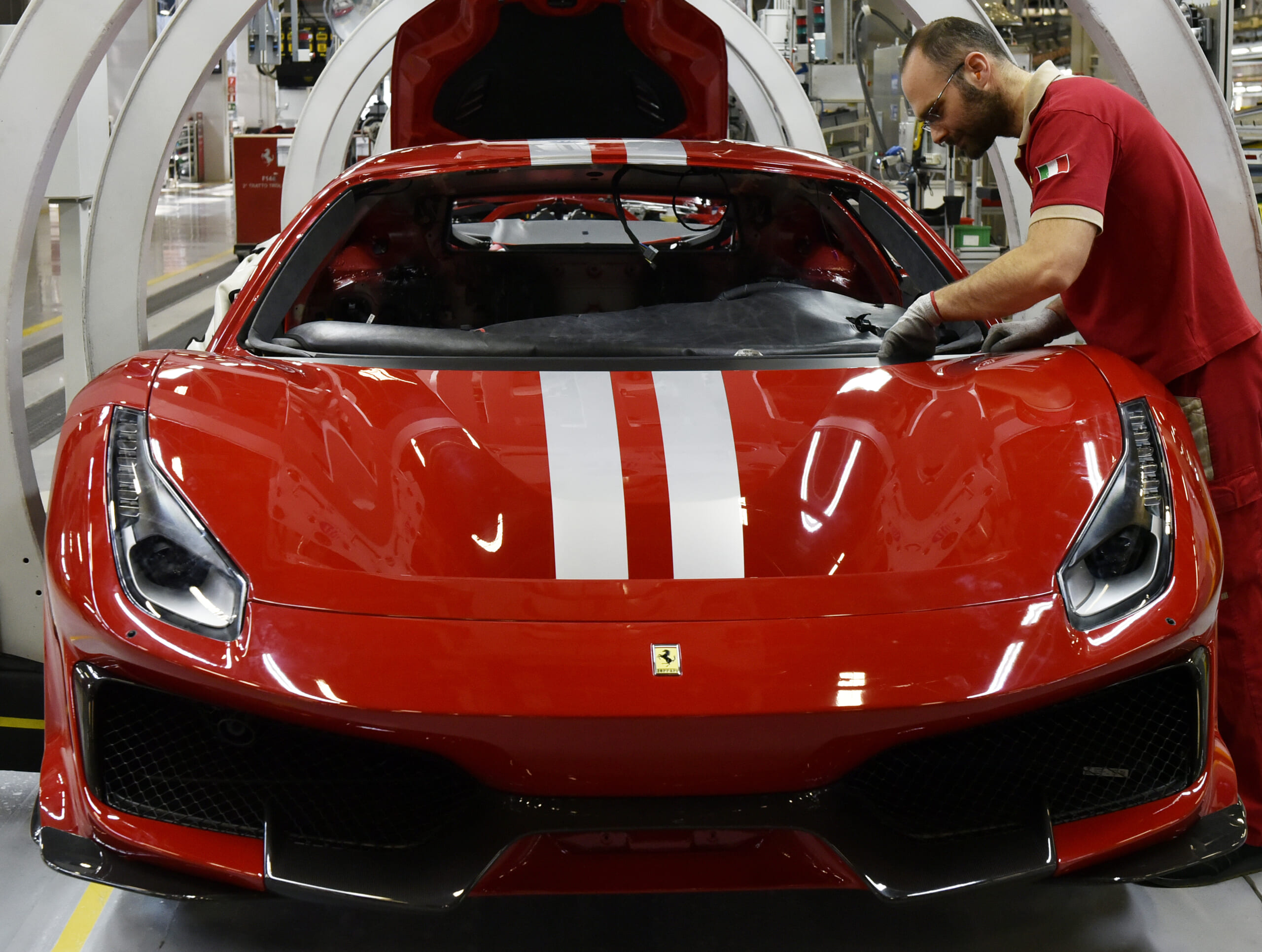
As with its predecessors, the Pista is identifiable as a special model by the car’s center stripes.
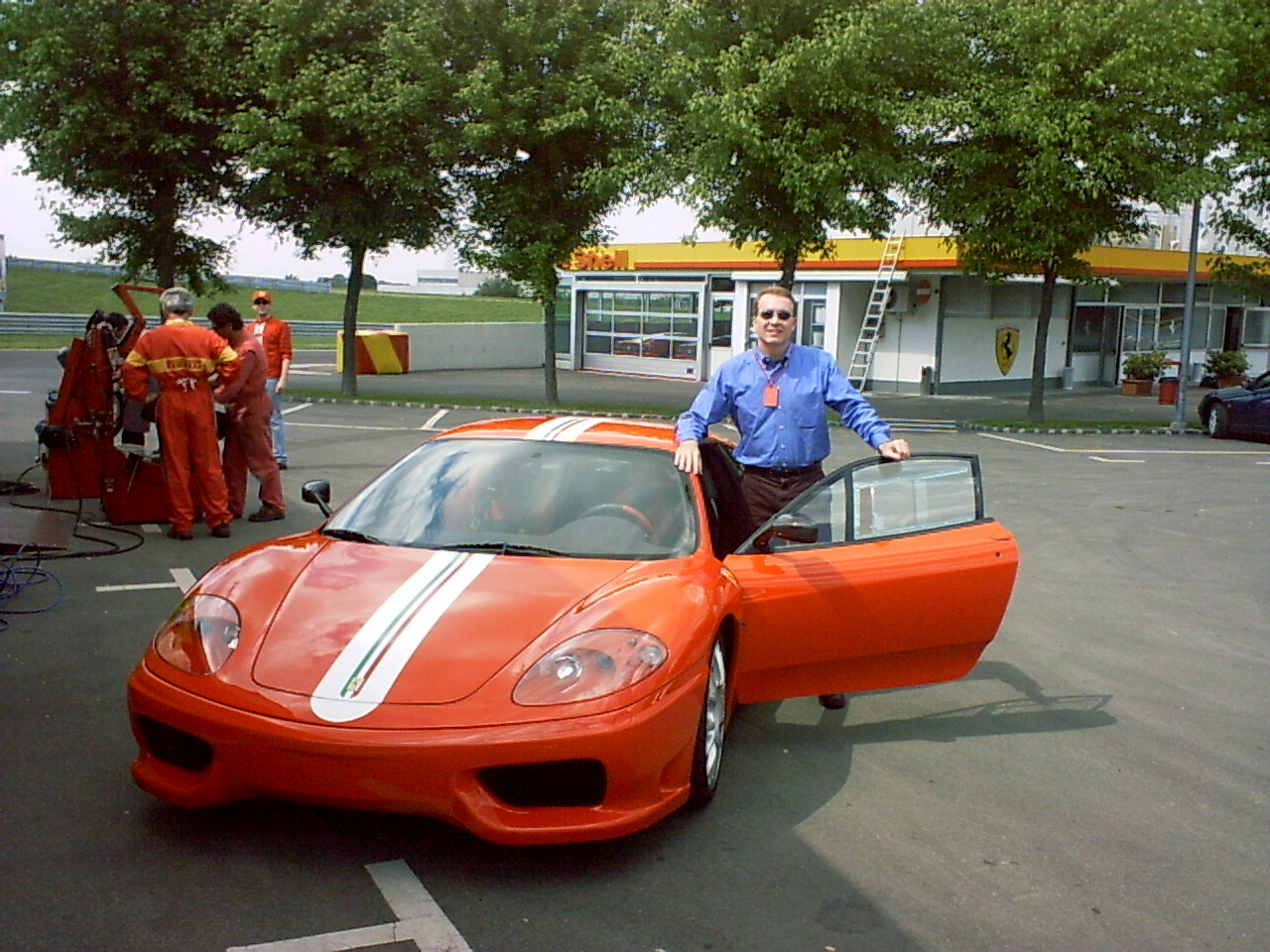
Each of these cars offers a power increase over the regular production models, and track-tuned suspension for maximum precision in the turns. The result can be difficult to live with in regular driving, as was the case with the uncompromising 458 Speciale.
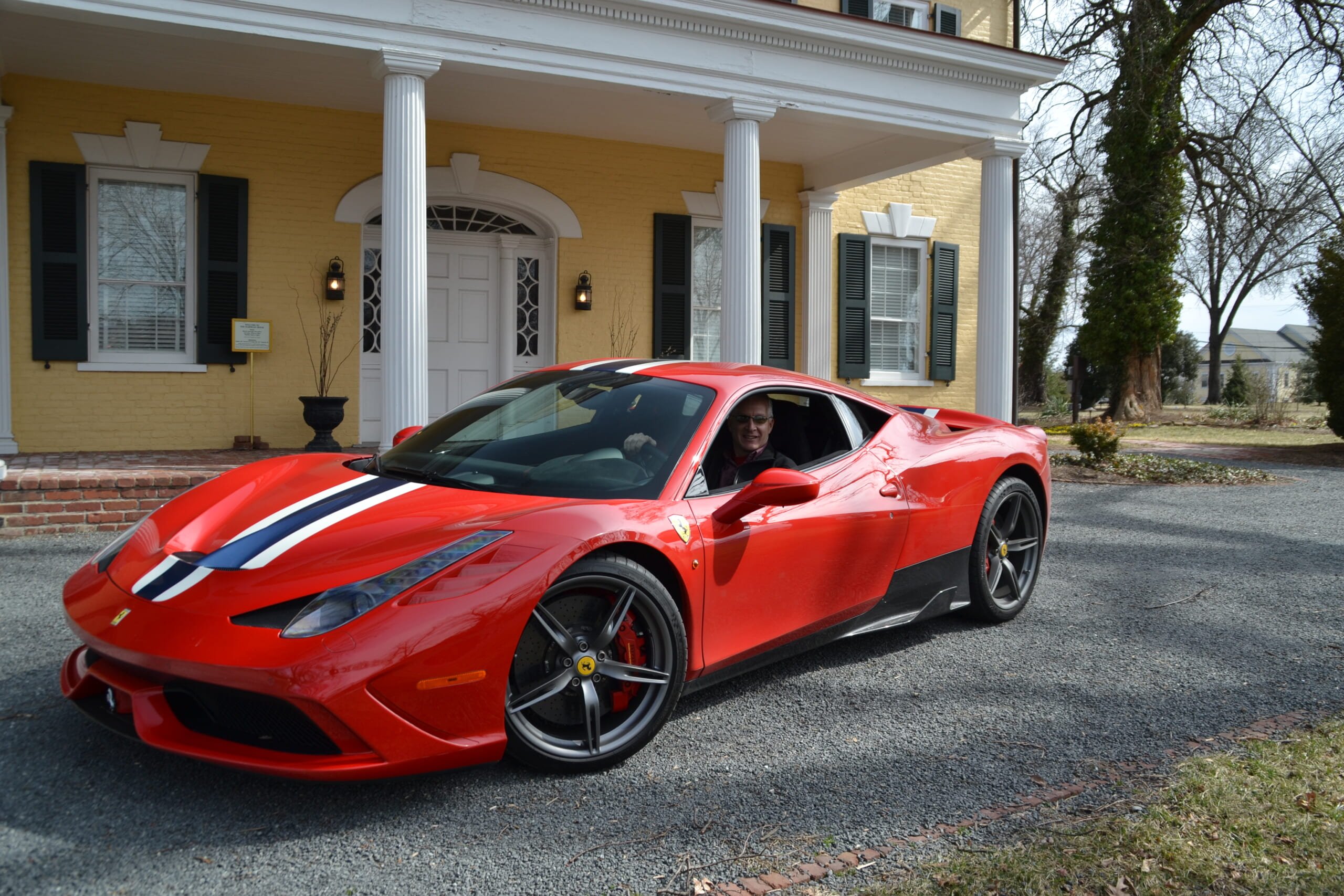
For all its on-track virtuosity, the 458 Speciale’s stiff suspension, rigid carbon fiber seats and exhaust that droned at highway speeds produced a car only a dedicated track rat could live with.
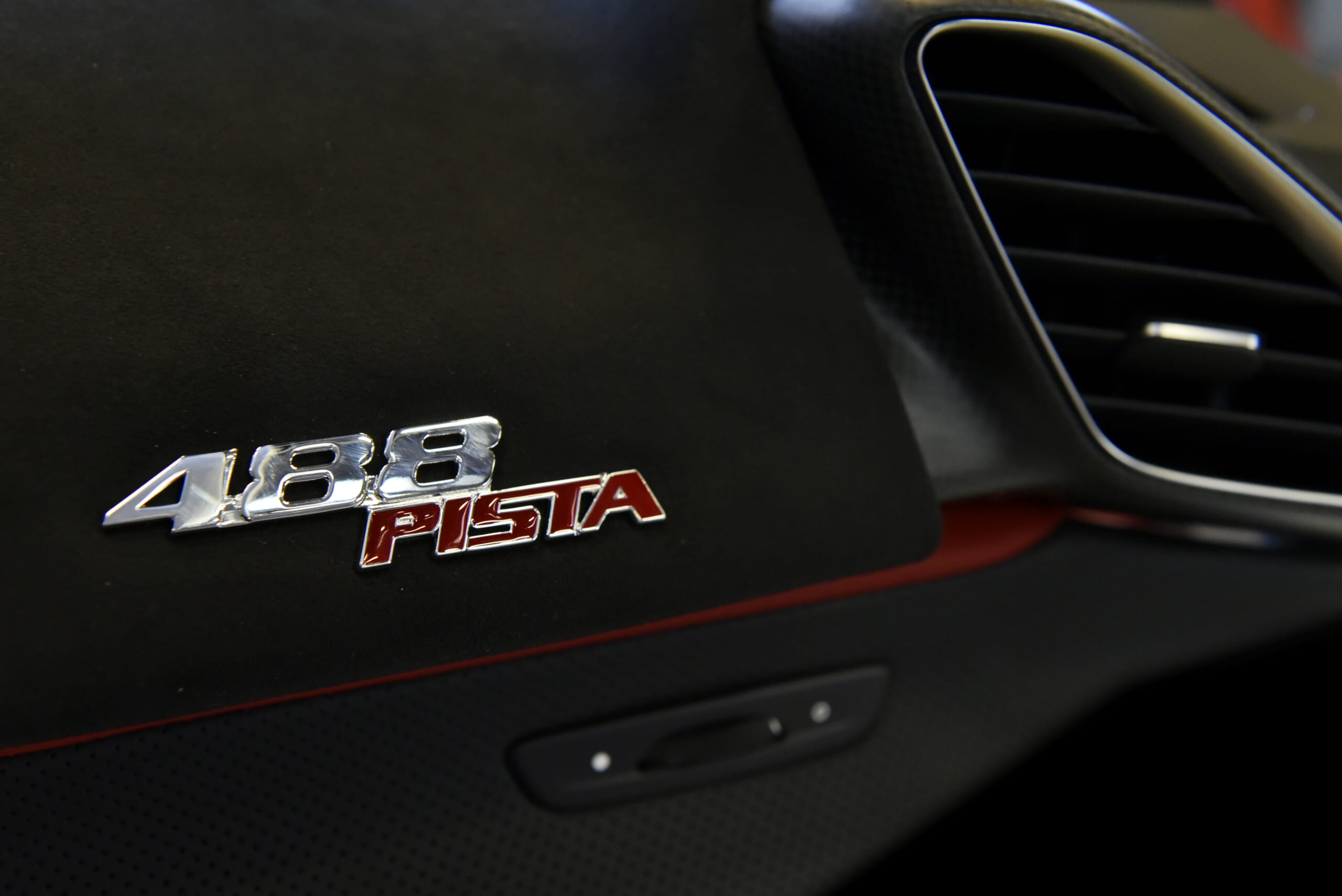
Not so with the 488 Pista, even though this new car is even faster than the 458 Speciale. The 488 is Ferrari’s first turbocharged production model since the GTO of 1984 to 1987.
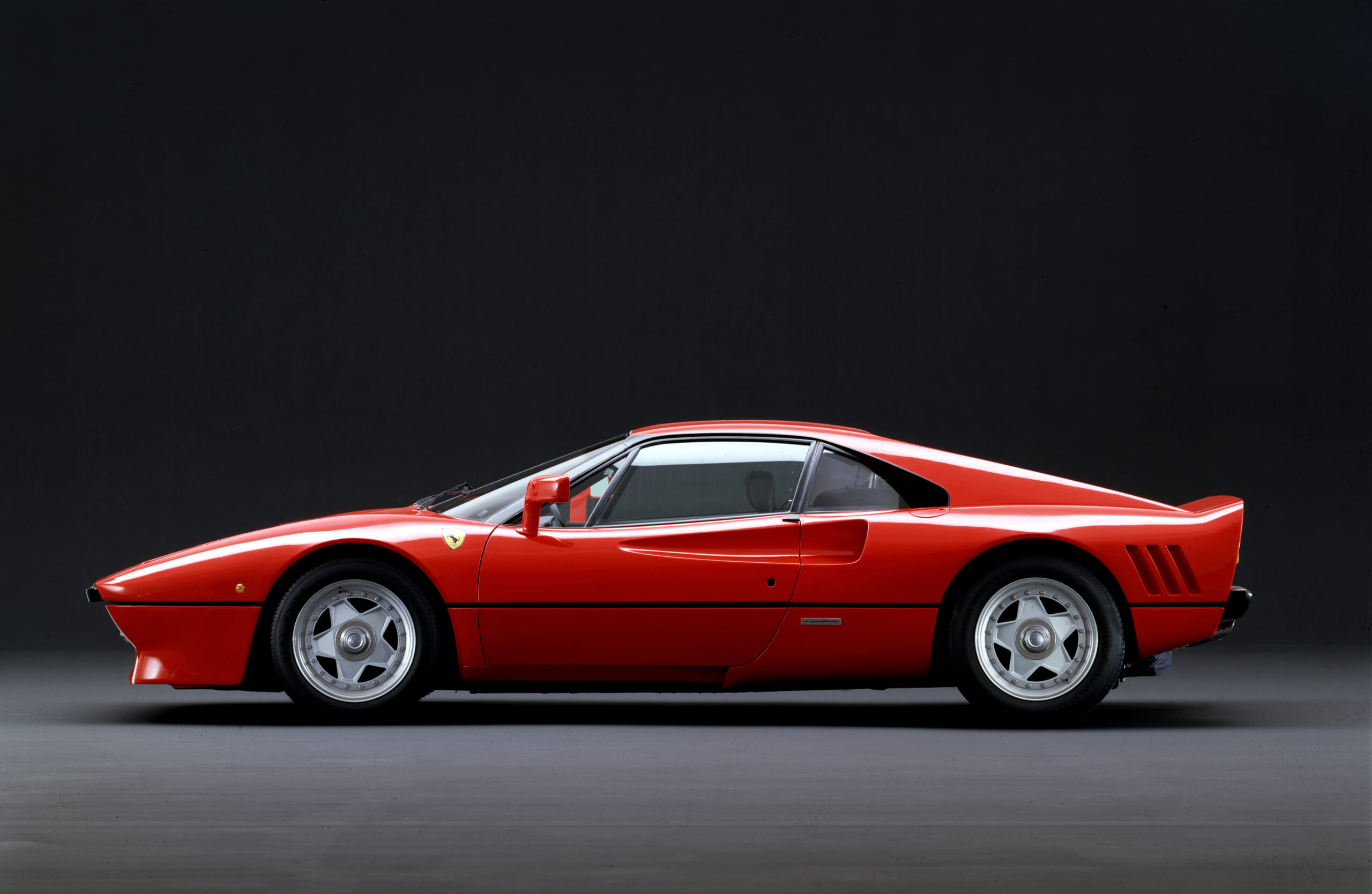
For duty in the Pista, the twin-turbocharged 3.9-liter V8 engine is boosted from 640 horsepower to 711, the biggest increase yet for any of the special models over its base version. Borrowing from the 488 Challenge race cars, the Pista uses incredibly trick and expensive bits like titanium connecting rods and Inconel exhaust headers to trim weight and increase output.
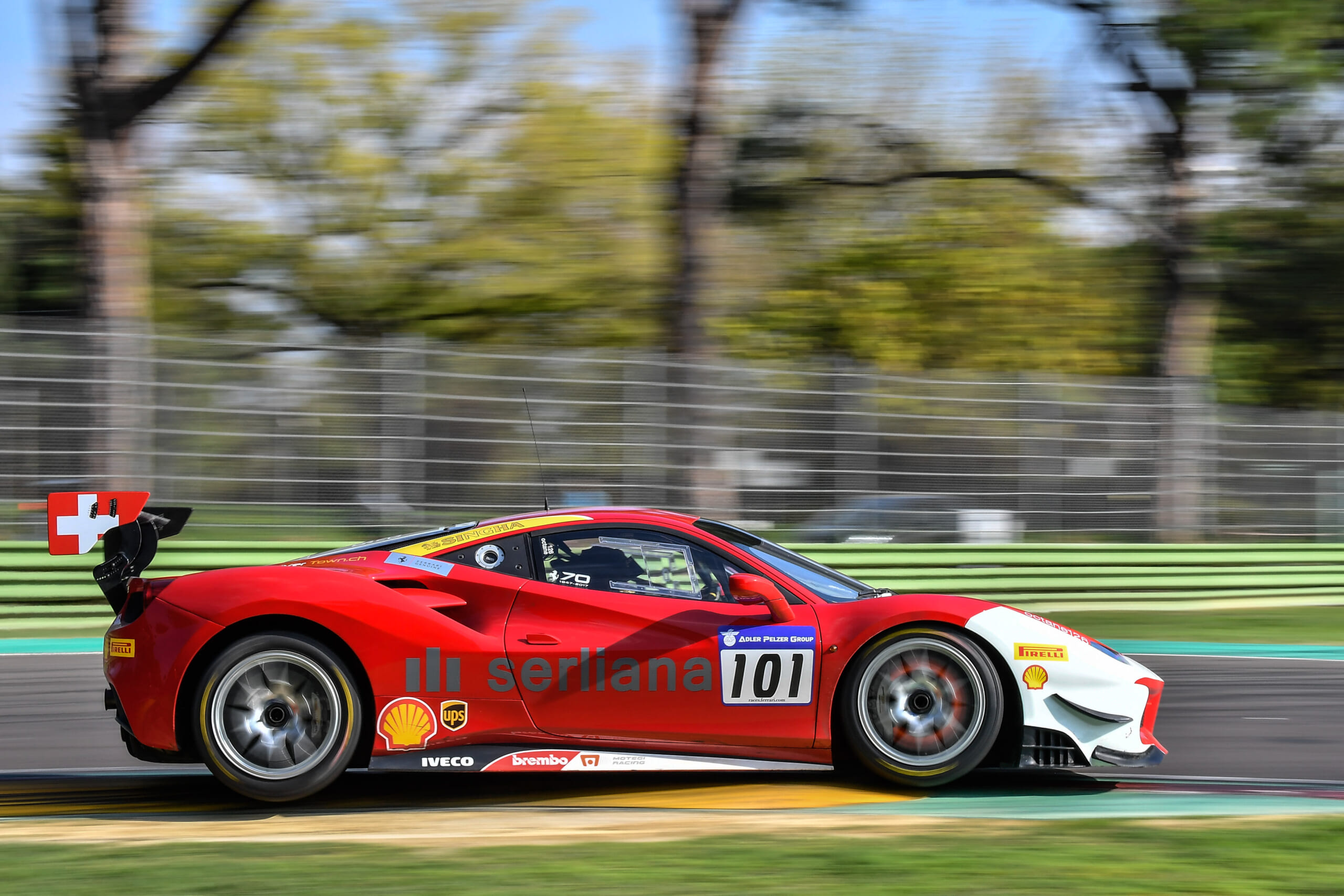
But where the 488 Challenge racer wears an enormous rear wing on its tail, the Pista carries a stylish flip the company terms a “dolphin tail” that is reminiscent of the GTO’s rear end. Careful revisions to the Pista’s bodywork contributed an impressive 20 percent increase in aerodynamic efficiency (the ratio of downforce compared to drag) all while also providing increased cooling airflow for the car’s radiators and intercoolers to shed the extra heat of the additional 51 horses.
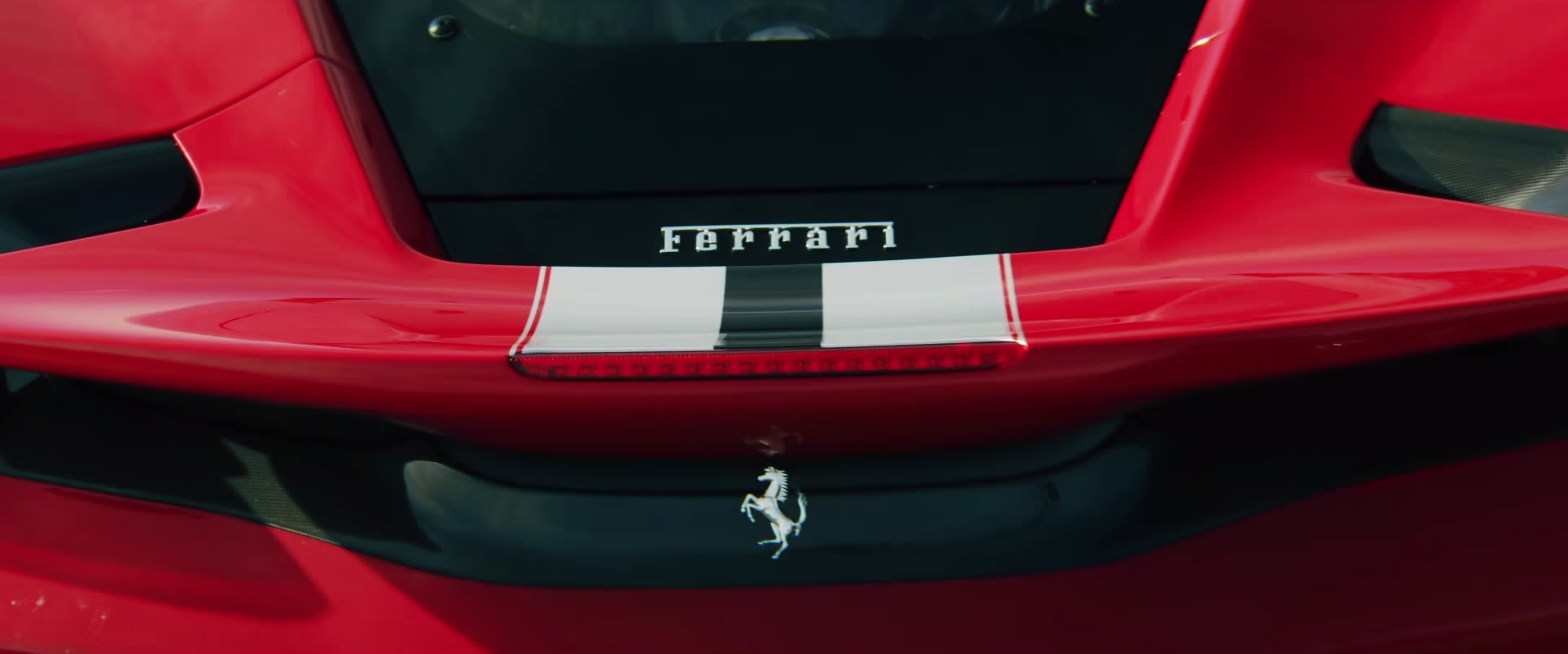
The twin turbochargers are the source of the 488 Pista’s muscle, but they also present an obstacle to Ferrari’s signature operatic sound, as the turbos’ impeller turbine literally block the flow of sound from the engine to the tailpipes. “We worked a lot to have a good sound, not only in terms of volume, but also the quality of sound,” noted project manager Gianfranco Ferrari.
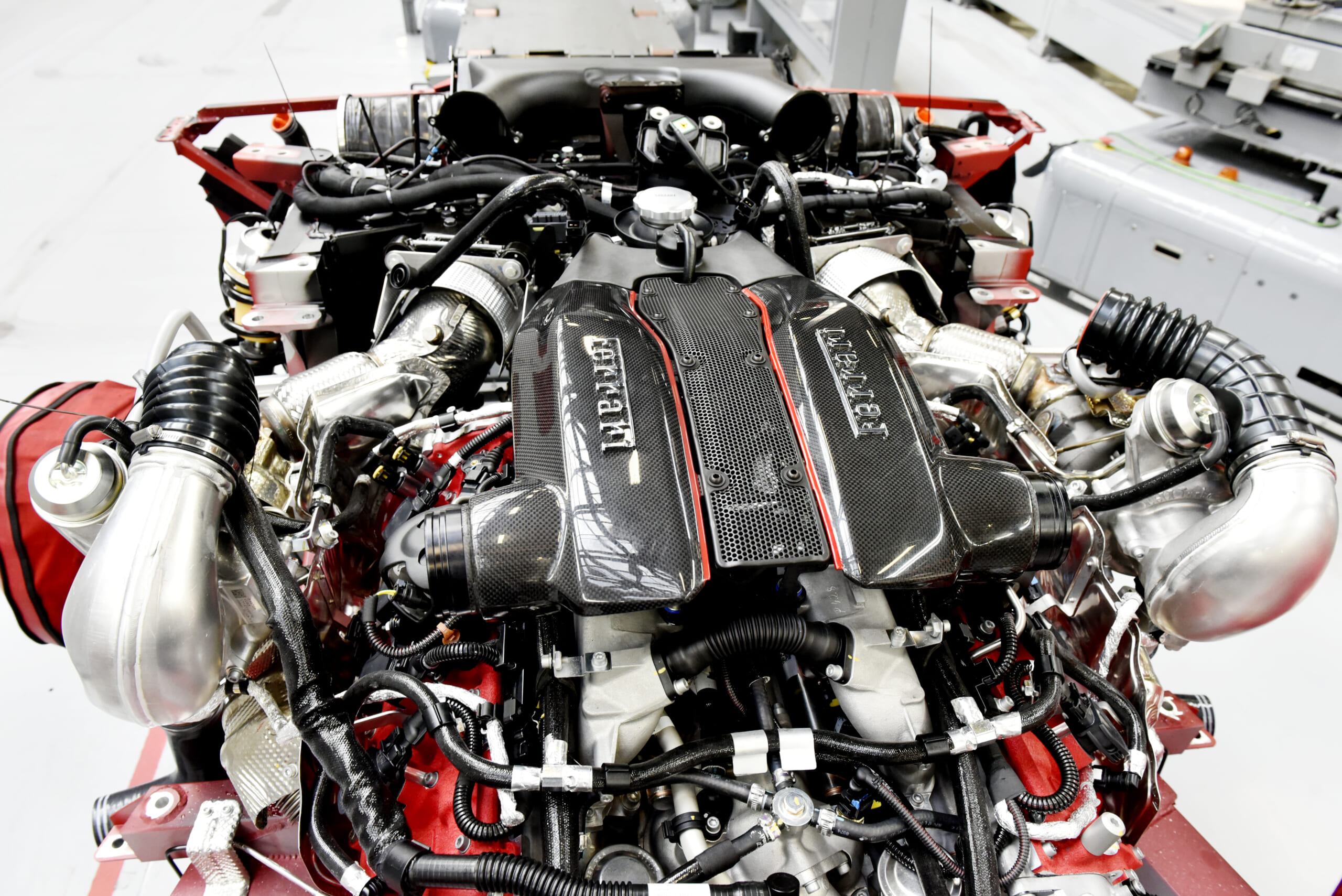
“We pushed the frequencies of sound higher, closer to the sound of naturally aspirated engines,” he added. Further, those tubular Inconel exhaust headers let out another 7 decibels of sound compared to the standard cast exhaust manifolds on the 488 GTB
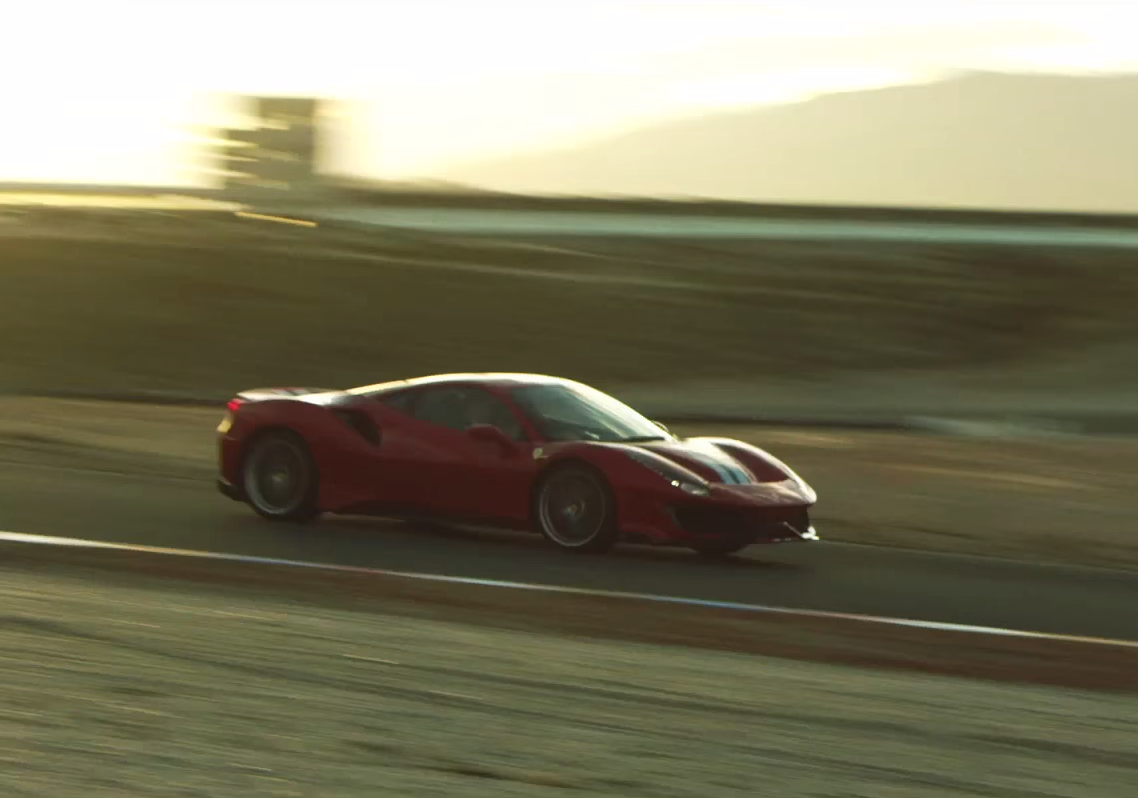
Out on public roads around Maranello, we tried both the “sport” and “wet” setting on the Pista’s steering wheel-mounted Manettino mode selector.
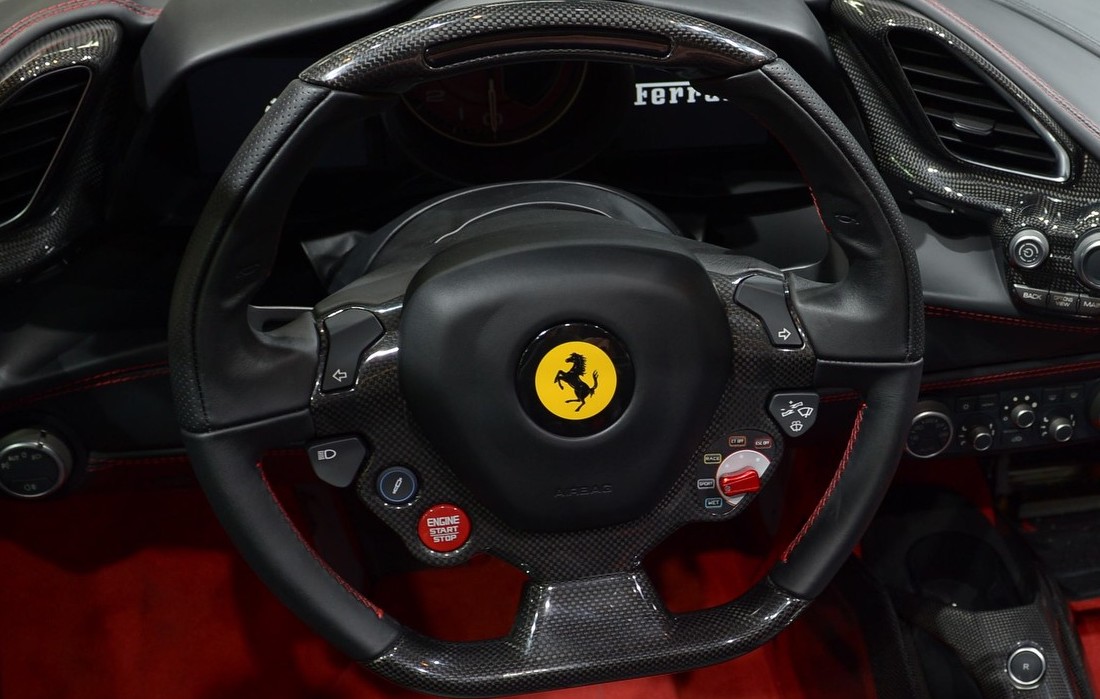
On the track, we relied on the “race” setting, which provided a welcome safety net during a one cold-tire drive when throttle application exceeded available grip and produced a dramatic, though not entirely intentional corner-exiting drift.
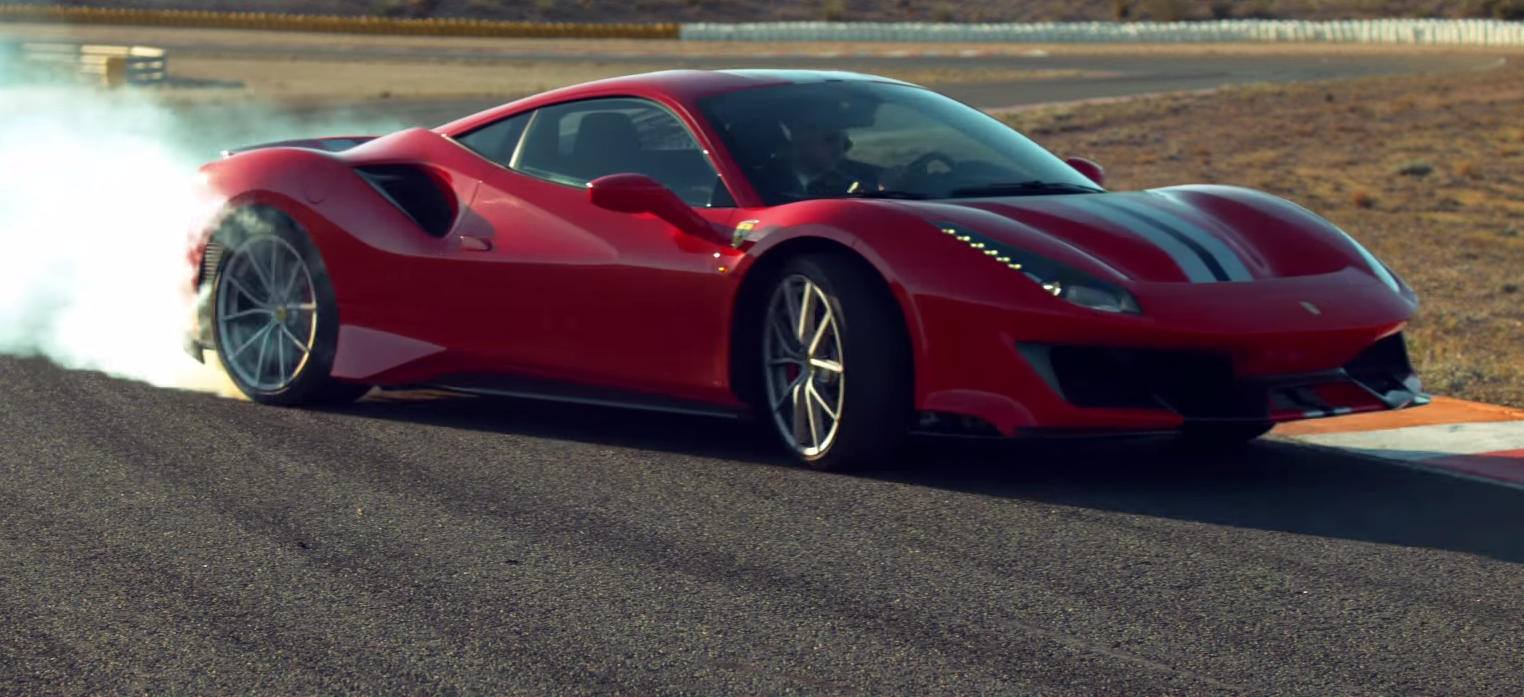
Ferrari earned its reputation on the race track, and specialty models like the Pista ensure the connection between racers and production cars. With its accurate, communicative steering, the Pista feels like a racecar on the track, and the mammoth carbon ceramic brakes ensure that the car can also stop like one.
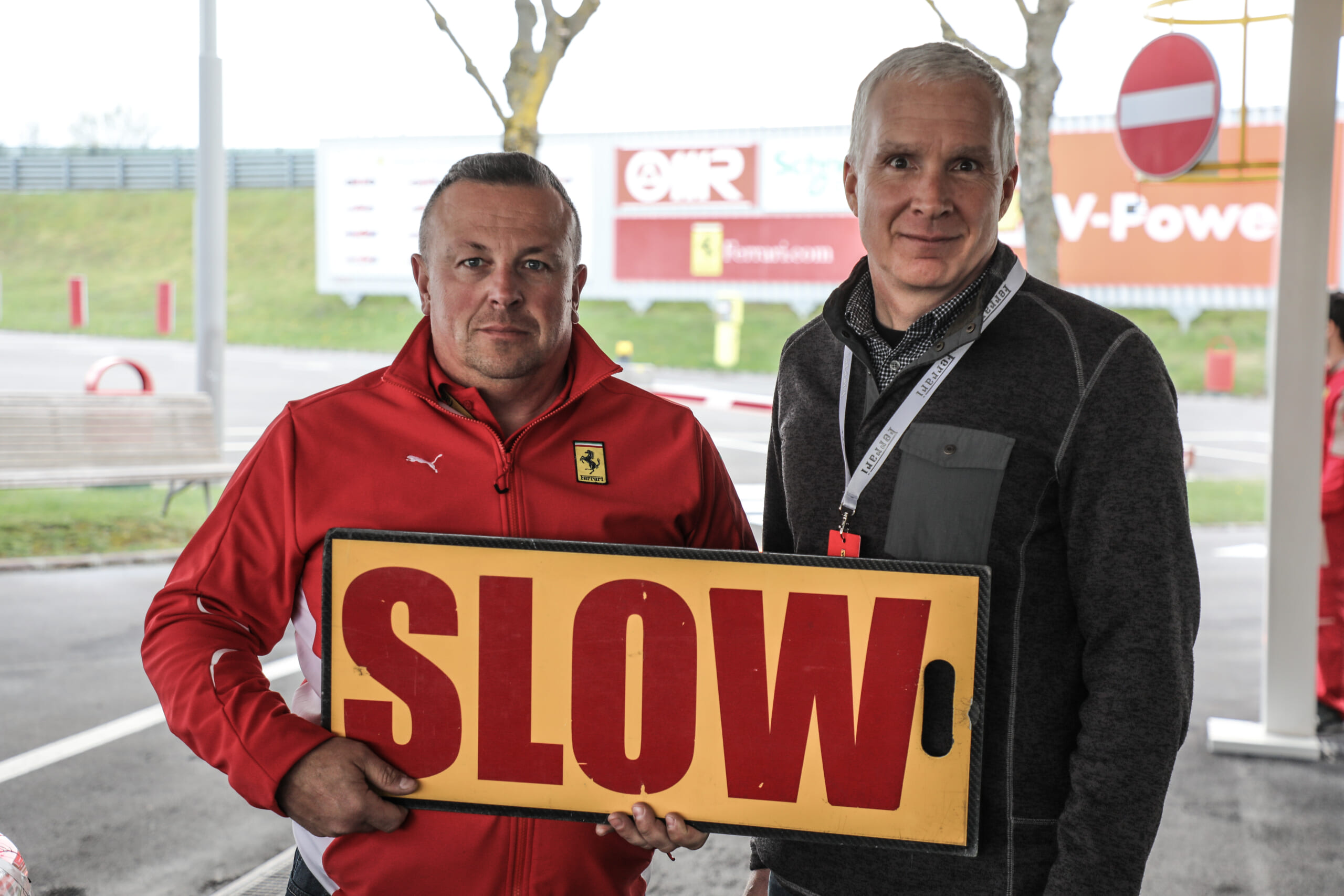
On the street, those brakes can be grabby and squeaky, quirks that have been consistent on Ferraris but which McLaren has been able to banish with its 720S.
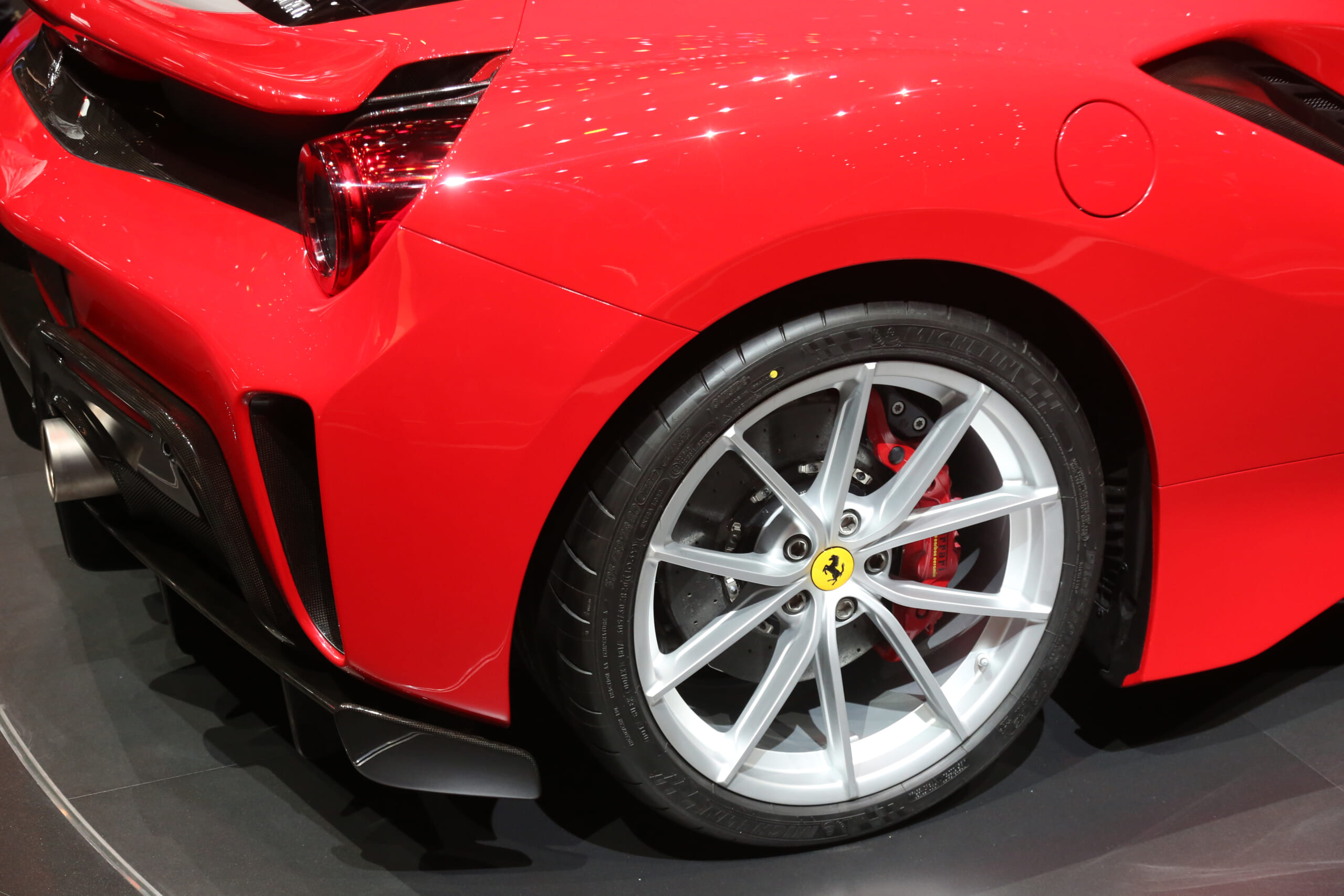
The Pista’s cabin is snug, but comfortable, with controls right at hand and steering column-mounted shift paddles that ensure the driver can find the upshift paddle even while unwinding the wheel during corner exits.
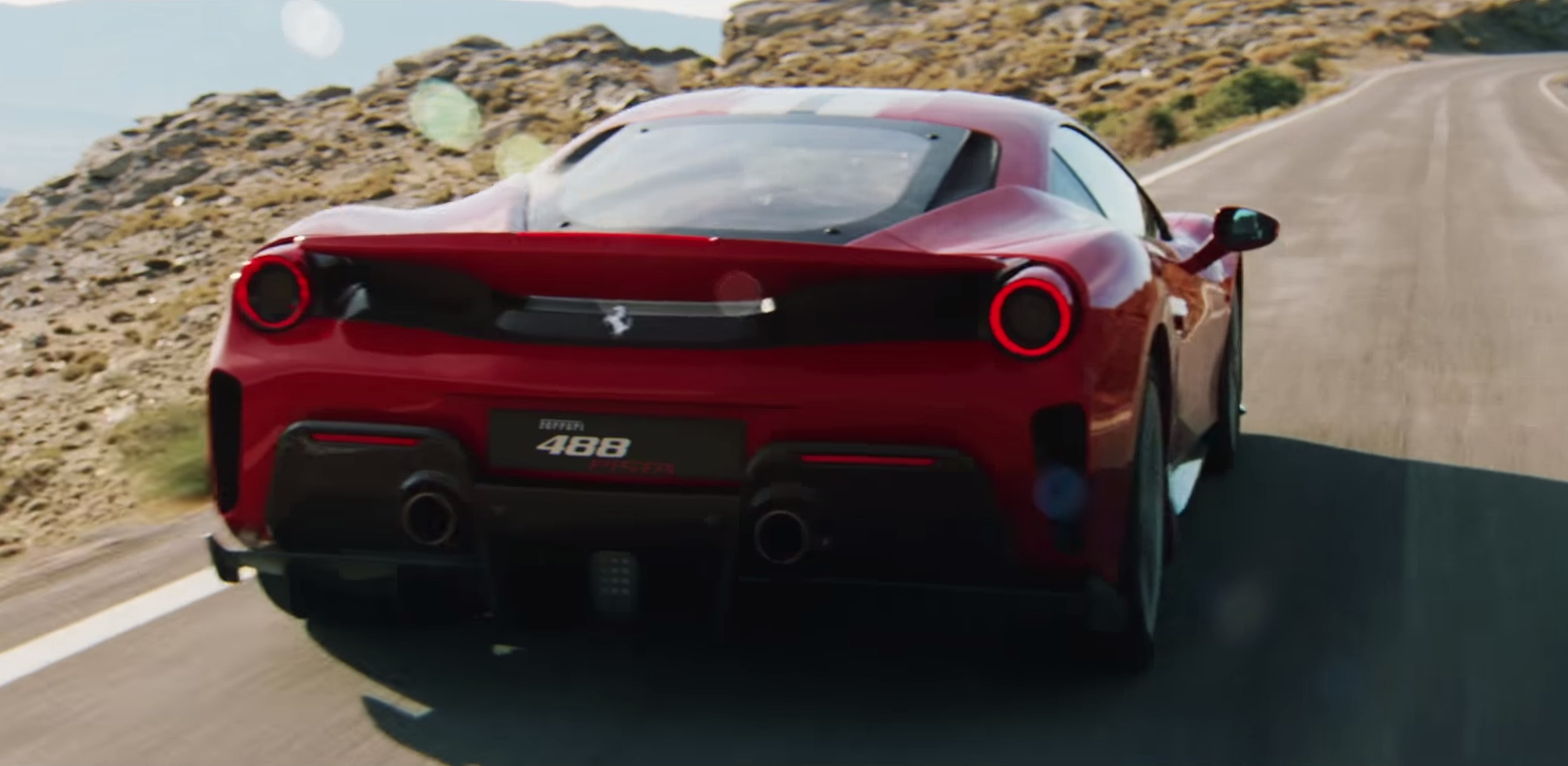
The soundtrack during all these activities is stirring, exactly as project manager Ferrari promised. Where past, naturally aspirated Ferraris clearly sang operatic arias, there is a more industrial flavor to the Pista’s song. Maybe it is a heavy metal singer, with that genre’s overwrought drama equalling that of opera, but with a sharper edge.
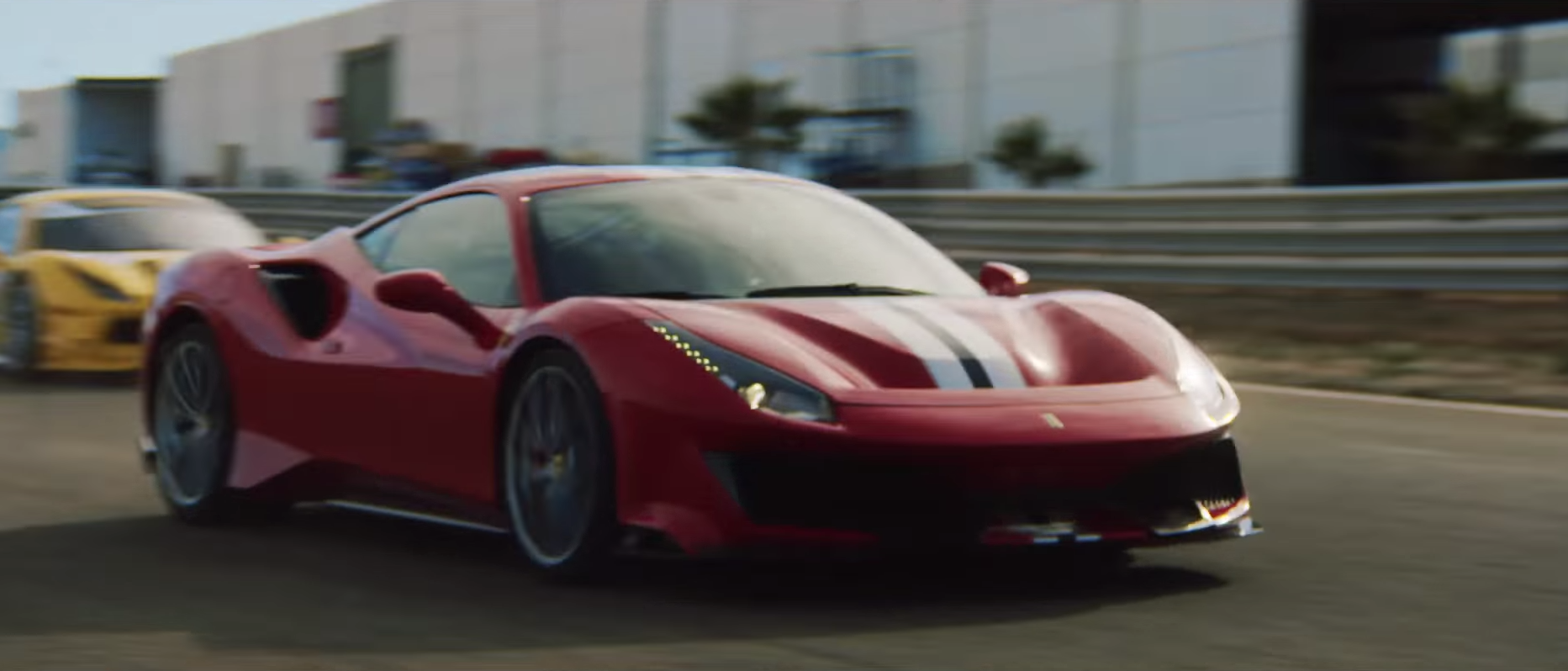
Whichever musical style it may evoke, the 488 Pista is right at home at its namesake track. That is surely no surprise, but its comfort on public roads is a bit more unexpected. Which is good, because that makes it the perfect ride for a pilgrimage to Fiorano. Remember to warm the tires and leave the stability control switched ‘on.’
